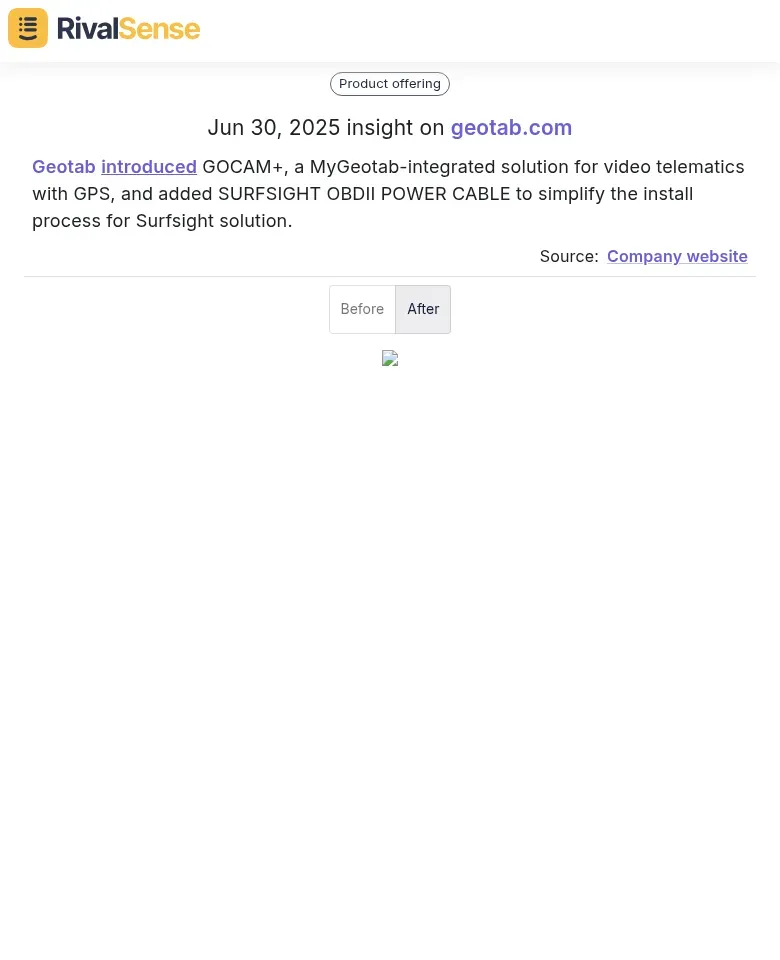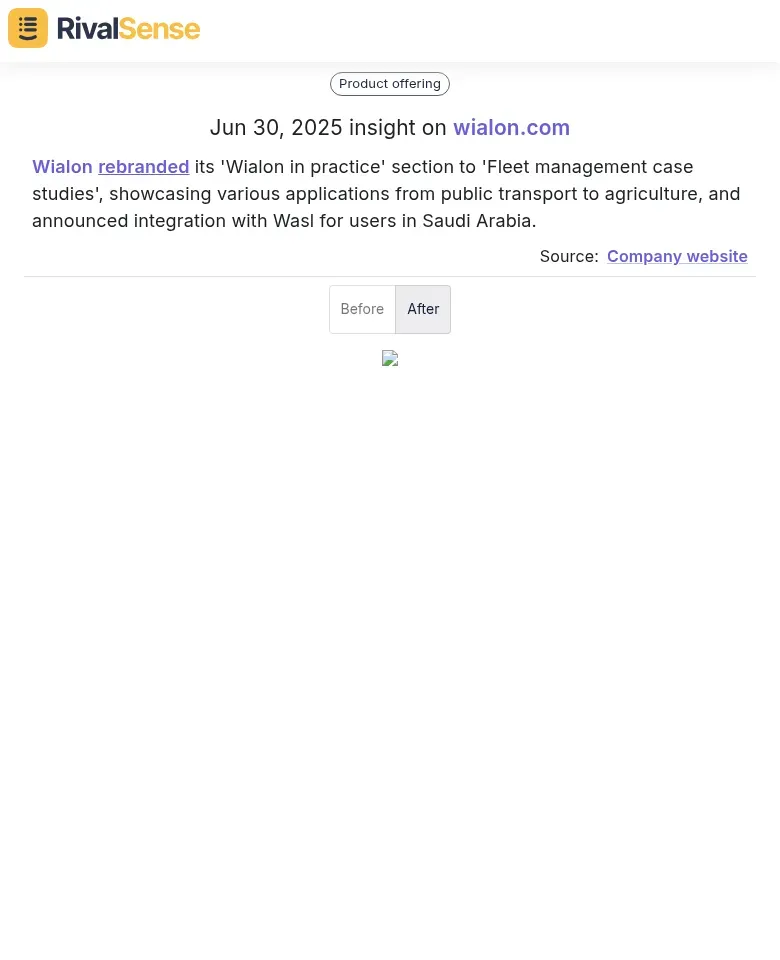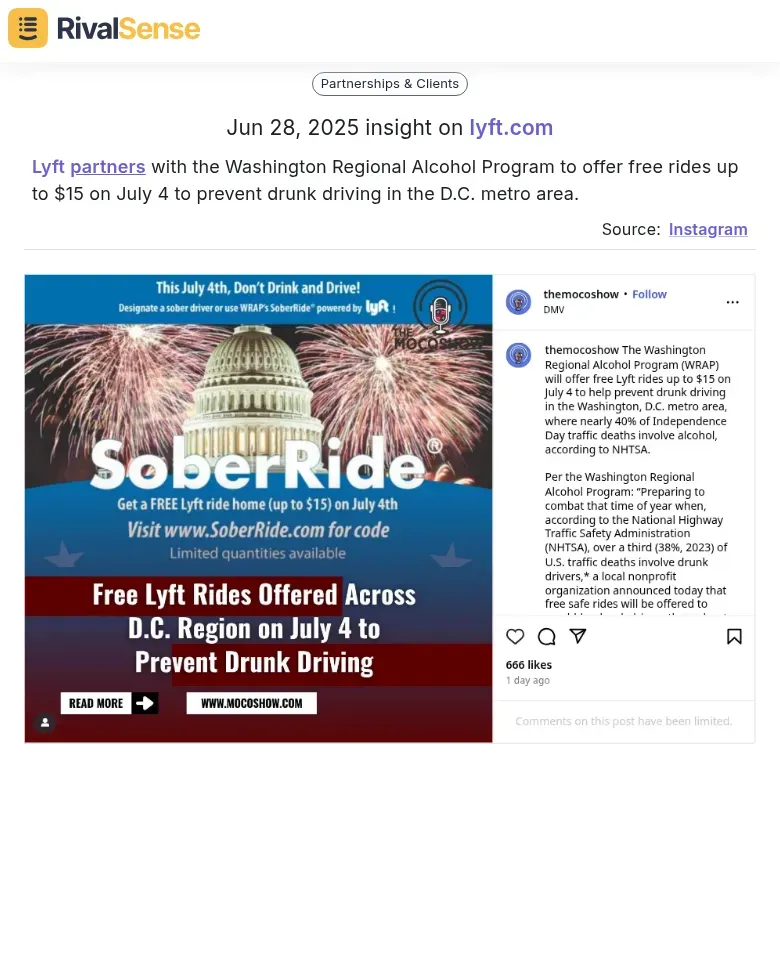Mastering Market Entry Competitive Analysis: A Strategic Guide for Business Leaders
Entering a new market represents a pivotal growth opportunity for any business. However, navigating unfamiliar competitive terrain requires strategic foresight. A comprehensive market entry competitive analysis serves as your roadmap, revealing competitor vulnerabilities and market gaps while highlighting strategic opportunities. This foundational step ensures you allocate resources wisely and avoid costly missteps in your expansion journey.
Step-by-Step Guide to Conducting a Competitive Analysis
Effective competitive analysis demands methodical execution. Follow this actionable framework to build a robust market entry strategy.
1. Define Your Competitors
Begin by mapping the competitive ecosystem in your target market. Categorize competitors based on their market influence and offerings.
- Direct Competitors: Businesses offering similar products/services to your target audience
- Indirect Competitors: Companies solving the same customer needs through alternative solutions
Tip: Automate competitor tracking with tools like RivalSense to monitor product launches and pricing changes across 80+ sources.
2. Analyze Competitors’ Offerings
Evaluate competitors' core value propositions to identify differentiation opportunities. Focus on three critical dimensions:
- Product/Service Features: How do their capabilities compare to yours?
- Pricing Strategies: Are they premium, mid-tier, or budget-focused?
- Customer Reviews: What pain points do customers frequently mention?
Checklist:
- [ ] Identify top 5 competitors
- [ ] Compare feature matrices
- [ ] Document pricing tiers
- [ ] Analyze review sentiment patterns
3. Evaluate Their Market Positioning
Understand how competitors position themselves to attract customers. Key elements to examine:
- Brand Messaging: What unique benefits do they emphasize?
- Target Audience: Which customer segments do they prioritize?
- Marketing Channels: Where do they allocate advertising budgets?
Practical Insight: If competitors dominate specific channels like LinkedIn, consider alternative platforms where you can gain visibility.
4. Assess Their Strengths and Weaknesses
Conduct systematic SWOT evaluations for each major competitor. This reveals strategic vulnerabilities you can exploit during market entry.
- SWOT Framework: Document Strengths, Weaknesses, Opportunities, Threats
Tool Advantage: RivalSense delivers weekly competitor SWOT updates through automated tracking of product changes and executive movements.
5. Monitor Their Digital Footprint
Track competitors' online engagement to anticipate market shifts. Critical metrics include:
- Website Traffic: Volume and sources (SimilarWeb)
- Social Media Engagement: Follower growth and content resonance
- SEO Strategy: Keyword rankings and content gaps
Action Tip: Combine automated tools with manual checks for comprehensive coverage.
Real-World Competitor Insights and Strategic Value
Monitoring competitor activities provides tangible strategic advantages. Consider these real examples tracked by RivalSense:
-
Product Innovation Tracking:

Geotab introduced GOCAM+ video telematics and SURFSIGHT OBDII cable to simplify installations.
Strategic Value: Spotting product launches helps anticipate market trends and identify feature gaps in your own offerings. -
Brand Evolution Monitoring:

Wialon rebranded content to 'Fleet management case studies' while announcing Saudi Arabia integration.
Strategic Value: Tracking rebranding reveals market repositioning efforts, while partnerships signal geographic expansion plans. -
Partnership Intelligence:

Lyft partnered with WRAP to offer free July 4 rides in D.C., combating drunk driving.
Strategic Value: Identifying partnerships uncovers market-specific relationship strategies and CSR positioning.
Overcoming Common Market Entry Challenges
New market expansion presents unique competitive hurdles. Here's how to address two critical obstacles:
Challenge: Incomplete Competitor Data
Solution: Implement automated monitoring tools like RivalSense that aggregate data from registries, news sites, and social media. This ensures 360-degree competitor visibility without manual effort.
Challenge: Rapid Market Changes
Solution: Establish weekly competitive review cycles. Tools delivering scheduled reports help maintain real-time awareness of pricing shifts or feature updates.
Case Study: Turning Analysis into Market Advantage
Consider a B2B SaaS company entering the logistics software market. Through competitive analysis, they discovered:
- Competitors offered complex solutions requiring IT implementation
- Customer reviews highlighted frustration with onboarding delays
The company launched with a cloud-based, zero-install product featuring 24/7 support. Within six months, they captured 17% market share by solving the core pain point competitors ignored.
Key Insight: Competitive analysis reveals not just threats, but untapped opportunities for differentiation.
Future Trends in Competitive Intelligence
The competitive landscape continues evolving with technological advancements:
- AI-Powered Predictive Analytics: Tools like RivalSense now forecast competitor moves based on historical patterns
- Cross-Platform Monitoring: Social media, patent filings, and job postings provide early signals of strategic shifts
Final Market Entry Checklist
Ensure your competitive analysis covers these essentials:
- [ ] Map direct/indirect competitors
- [ ] Document product/pricing comparisons
- [ ] Analyze marketing channel effectiveness
- [ ] Complete SWOT for top 3 competitors
- [ ] Establish digital monitoring system
- [ ] Implement automated tracking via RivalSense
By mastering these steps, you transform competitive intelligence into market entry advantage. Try RivalSense for free today (https://rivalsense.co/) to generate your first competitor report and turn insights into actionable strategy.
📚 Read more
👉 5 Quick Hacks for Strategic Competitive Monitoring in Legal Compliance
👉 How Mobilly's Jūrmala Move Spurred Rival Strategy
👉 Unlock Strategic Wins: How Tracking Competitor Website Changes Fuels Business Growth
👉 Harvey vs. Competitors: Actionable Strategies for Dominating AI Legal Tools
👉 Regulatory Rivals: Turning Compliance into Competitive Advantage with NPS Insights
